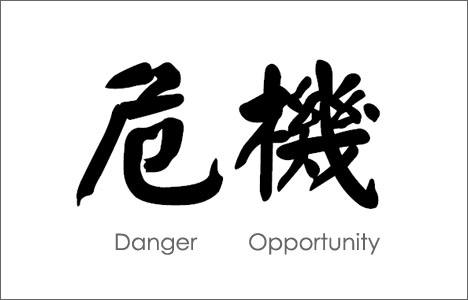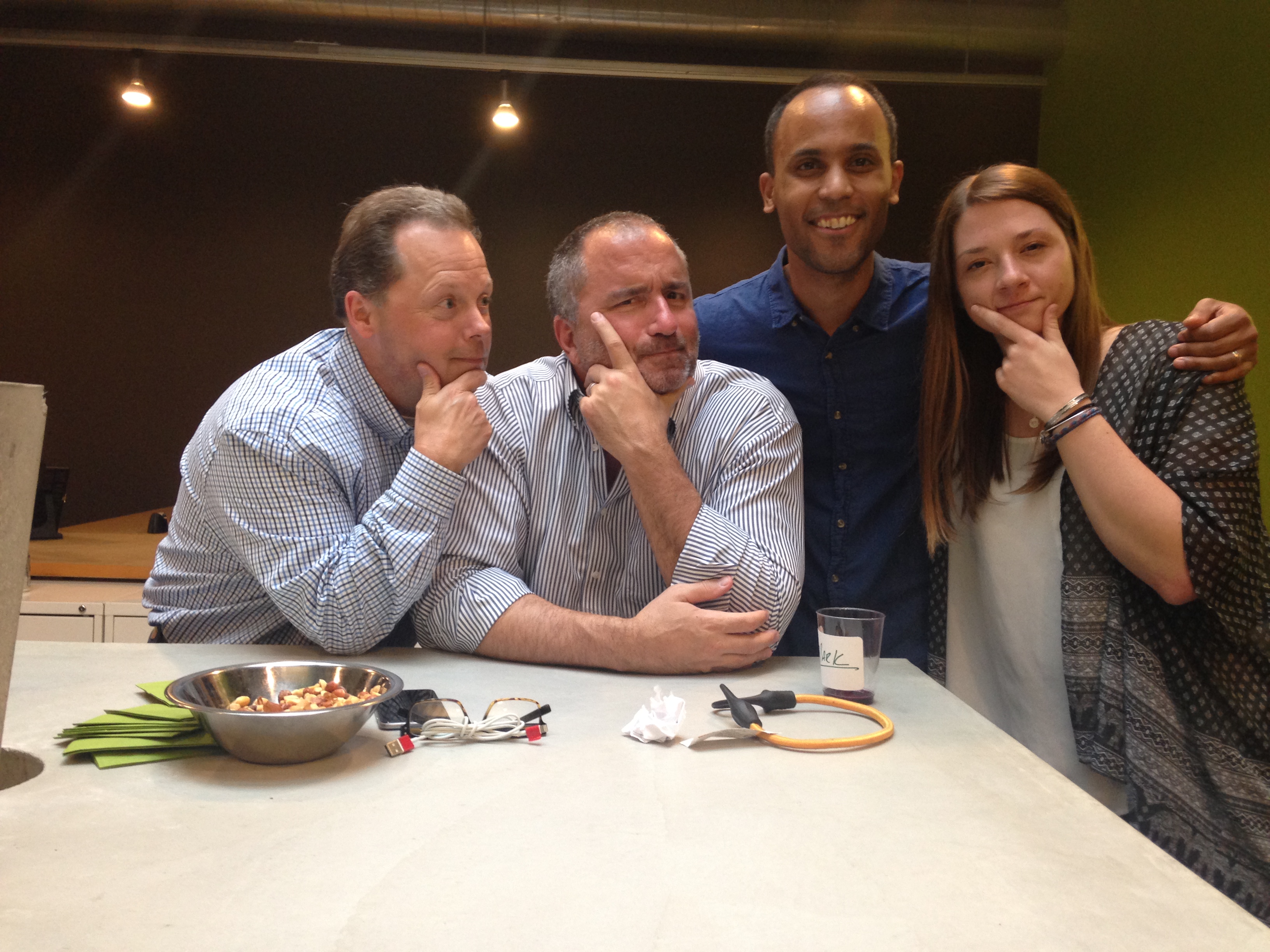By Carley Fredrickson
It’s the time of year when heroes are born while others’ dreams are shattered – the NBA finals are here! If you really think about it, the road to winning an NBA championship has surprising similarities to the process of creating and executing a successful marketing campaign:
- Professional colleagues are like teammates. Good ones are there during the high times and low, offering a helping hand or words of encouragement when needed because “teamwork makes the dream work.”
- Both tend to require a liquid refreshment for an extra boost to power you through the long days or long games… I’m talking about coffee and Gatorade, of course!
- Both include setting strategies to achieve a goal.
As you watch the Golden State Warriors and Cleveland Cavaliers battle, keep a look out for other on-court lessons that translate to the marketing arena as well:
1. Set smaller milestones in order to reach your end goal –
NBA: Whether you’re the Warriors or the Cavs, your end goal is winning the Larry O’Brien NBA Championship Trophy. It’s a long road to get there, so teams take the season one game at a time, setting game-by-game goals.
Marketing: Setting daily or weekly goals will indicate if your campaign is on the right track or if you should adjust your tactics. For example, if you’re running a sweepstakes but are not hitting your weekly milestones for entries received, including alternative methods of entry and finding new ways to communicate your message to your audience may help drive entries before the campaign ends and it’s too late to boost participation.
2. Know your opponent (or audience, as it were) –
NBA: It’s critical to understand who you’re playing and what their tendencies, strengths and weaknesses are, which will shape your game strategy. Don’t leave Steph Curry open beyond the three-point line.
Marketing: Once you understand your intended audience, you can craft messages that resonate and choose the best channels to reach them. Always, the feminine hygiene brand, has accomplished this with its #LikeAGirl campaign – in deference to its growing millennial audience, Always successfully appealed to a new generation of young women through messages of empowerment and the use of social media.
3. Engage your fans –
NBA: Teams often hand out free swag to fans, instantly putting their brand in the hands of thousands of loyal fans. People love rally towels and free t-shirts.
Marketing: If your audience won’t come to you, go to them by deploying a team of brand ambassadors to put your brand or product directly in front of consumers. Take Red Bull for example – most of us have seen the Wings Team roll up to community events or college campuses distributing their infamous energy drink. They have successfully placed their product in the hands of both new and current consumers for years, always finding new ways to distribute their product through fun campaigns like #WingsAtWork, delivering cans of Red Bull to Vancouverites who need a mid-afternoon pick-me-up.
4. Play to your strengths and rise above your limitations –
NBA: Who should take the final shot, Kevin Durant or Russel Westbrook? Both are pretty good options, but it’s important to recognize who has the “hot hand” or defensive mismatch and adjust accordingly.
Marketing: Knowing if there are any barriers to reaching your audience is important, as is figuring out if there are ways around them. If you’re showcasing your brand at an event, it may seem as if you’re limited by scope and geography, but look for ways that you can reach non-event goers. Can you include this group by sharing your event experience in real-time on social media, or can you create an experience at the event that’s too good not to share?
Bud Light took this concept full court with its Up For Whatever campaign, giving 1,000 winners with large social networks a shared experience that money couldn’t buy. The brand didn’t necessarily need to curate content to share because it leveraged the social following of the winners who, without a doubt, shared their experience on various social media platforms. As a result, millions who didn’t attend the much-anticipated, exclusive event could still get a glimpse inside.
If you’re creating your own content to post, remember to make it shareable so that your followers are compelled to share it with their audience.
5. Execution is key –
NBA: Ever heard of the saying, “million dollar move, 10 cent finish?” Well, if you make a Dwayne Wade-style move to the basketball but miss the bucket, or your coach draws up a game-winning play but you can’t execute it properly, then it’s ineffective.
Marketing: Executing your strategy determines the success of the campaign, so it’s important that each person on your team knows their role. You can’t just go through the motions of writing a news release and sending it to the media. Instead, actively engage reporters if they’re not biting at the news by making follow-up calls, or sharing compelling visuals in your pitch. Earning actual coverage — not just going through the motions — is the real game-winner.
Just like different opponents require different game plans, different campaigns require different approaches and strategies. Keeping these basic tips in mind will help you lay the groundwork for any marketing campaign (or basketball game).
Here’s to hoping your next marketing campaign is a slam dunk!






